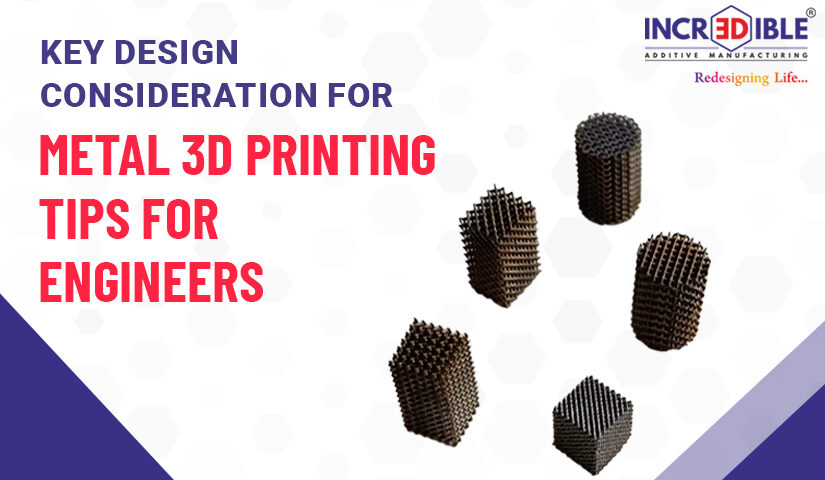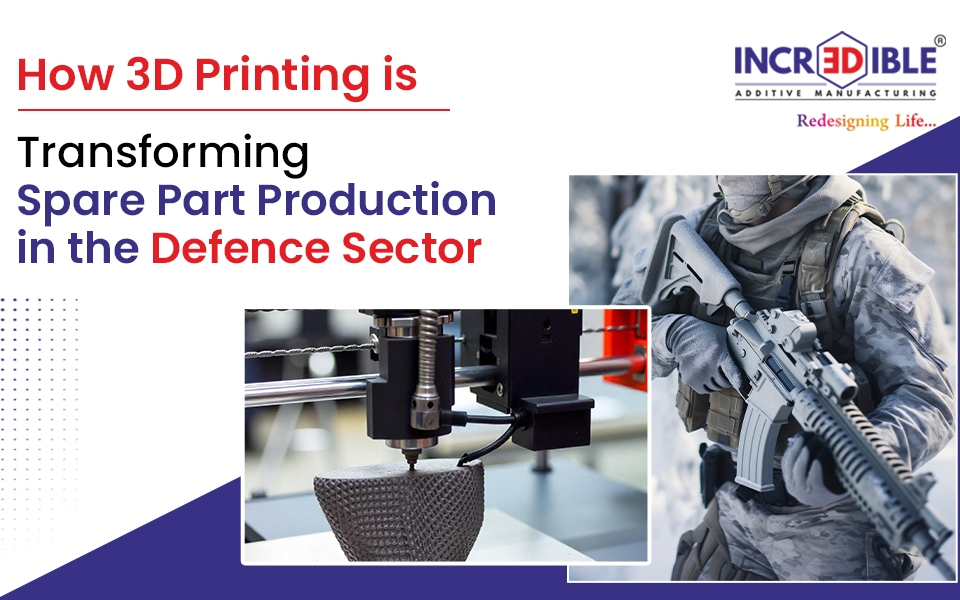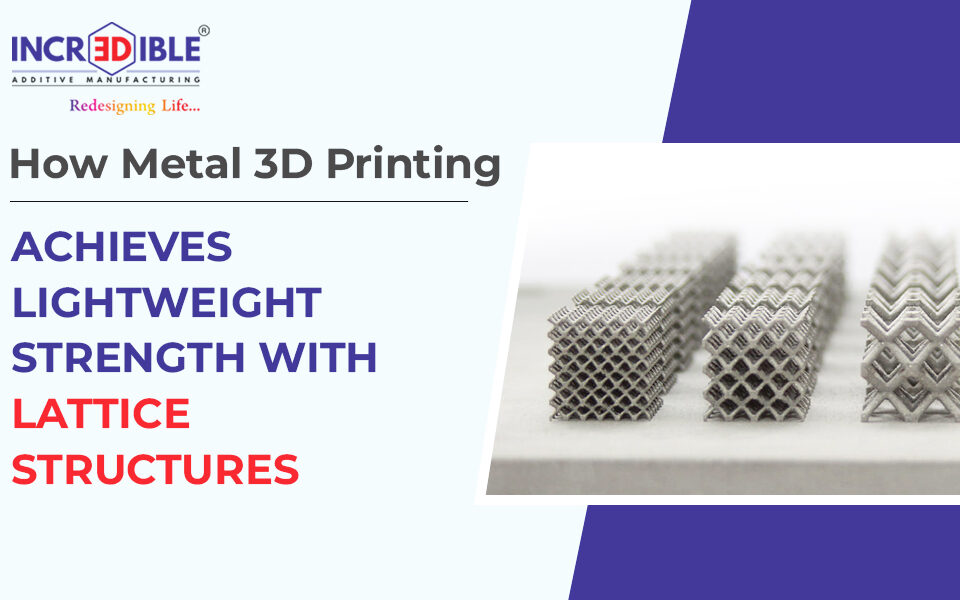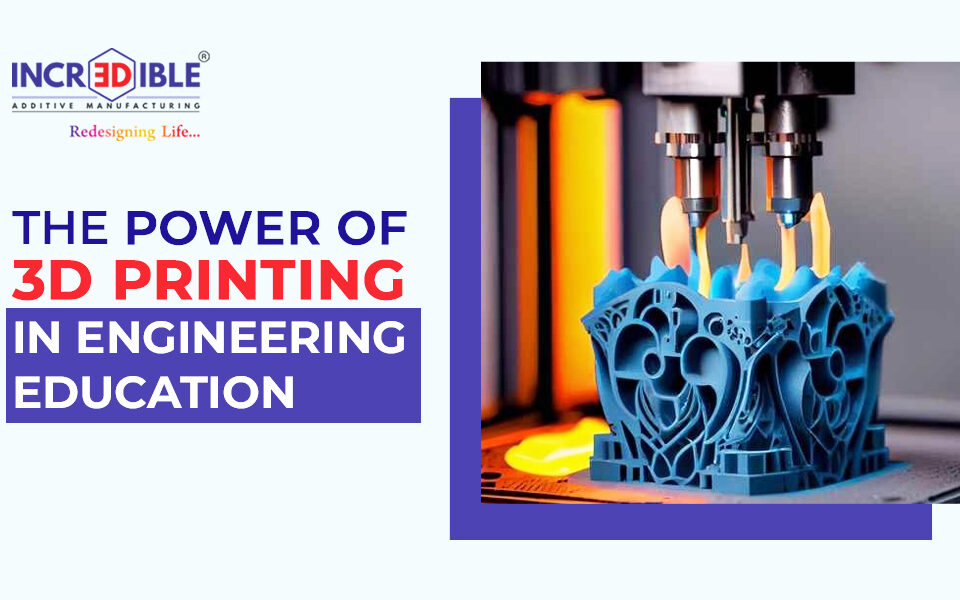Key Design Considerations for Metal 3D Printing: Tips for Engineers
Metal 3D construction technology makes more to expand the opportunities for building complicated prototypes. The specification of continuous curves makes it possible for engineers to generate accurate part shapes that are structurally superior to the regular ones while being lightweight. Third, reduction in material waste and cheaper costs are hallmarked by 3D printing. However, for superior performance to be a reality, it impels engineers to adapt their designs for additive manufacturing. This entails redesigning products about how their constitutive parts can best be fabricated through 3DP. To assist engineers with this, we have come up with the following easy-to-understand checklist of common design recommendations for metal 3D printing that result in improved performance.
Quick Design Tips for 3D Printing
To assist you with the essential design components for 3D printing, here is a brief guide. There are several crucial design guidelines that are applicable to all 3D printing techniques. Keep these tips in mind when creating your next custom parts to make the process smoother.
Improve Surface Quality
The position of your part in the 3D printer can affect its surface quality. For example, a circular hole printed parallel to the build plate stays round, but if printed perpendicular, it may turn oval. Orienting important surfaces horizontally improves appearance. Angles between 20°–30° from the build plate can still look good, but surfaces angled less than 45° may appear rough. To get a smoother finish, avoid narrow angles in your design and consider proper orientation for the best results.
Designing 3D Models with Overhangs
Keep in mind that components are created layer by layer while designing for 3D printing. Every layer needs some support underneath it because new layers cannot be added in midair. Overhangs are areas where a part hangs over another without full support. Most printers can handle overhangs up to about a 45-degree angle without using extra material. However, using supports can leave rough spots on the surface. To avoid this, try limiting the overhangs in your design so they don’t need as much support, leading to smoother prints.
Wall thickness for 3D printing
Another important consideration when designing for 3D printing in India is wall thickness. Every printer has a minimum wall thickness requirement and varying degrees of precision. If your design’s walls are too thin, like when making delicate structures, the printer may not handle them well. Be sure to check that your model’s walls meet the minimum thickness, usually at least 0.8 mm, to ensure the part prints properly and remains stable.
File Resolution
For a successful print, choose the right resolution based on your 3D printer’s specifications. While adding a lot of detail may seem ideal, too much can make it hard for the printer to handle. Design your model with the printer’s resolution limits in mind to avoid printing issues and ensure all the details come out properly.
Shrinkage and Warping
Parts made with metal 3D Printing may deform as a result of warping or shrinking when they cool. Sharp edges and long, flat surfaces are more prone to warping. To reduce this, design rounded edges instead of sharp corners and avoid long, flat surfaces. Adding fillets to your 3D model helps distribute stress evenly, especially where the part meets the build plate. This minimizes the chance of cracks and warping.
Conclusion
In order to achieve a proper 3D printing in India, the design model is fundamental. The engineers must know what material and what form of printing they are going to use, as well as basic parameters such as the external surfaces, the thickness of walls and ledges, and the warping and shrinkage. Correct orientation and file resolution are equally important in order to attain an accurate and proper outcome. With these principles in mind, engineers are best placed to make modifications to their designs that suit the three-dimensional printing process. Analyzing these factors is the first step towards developing a high-quality functional part because it lays down the foundation for the subsequent processes and actions to be taken.




